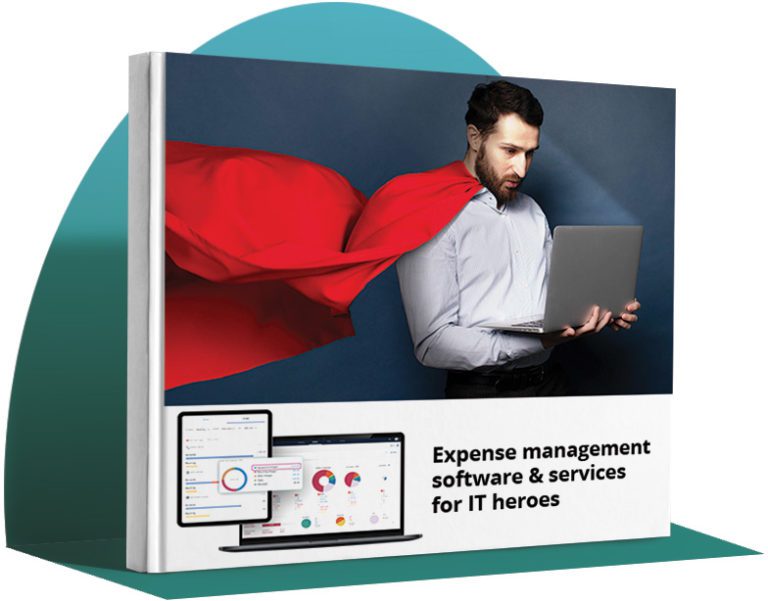Introduction to IT optimization
Over the past couple of years, many organizations have realized that inflexible legacy IT systems dramatically impact the ability of the business to evolve quickly. As business needs change and technology fuels innovation, just “keeping the lights on” isn’t enough. IT teams must support a growing web of connected devices and applications all while justifying ever-growing budgets.
To address these business needs, CIOs and IT leaders must take steps to optimize and simplify their IT environments. IT optimization allows organizations to gain immediate benefits through streamlined operations, lower costs, and increased effectiveness during changing business conditions.
But without a cohesive plan, IT optimization can feel like playing whack-a-mole as IT teams have to manage multiple providers and hundreds or thousands of invoices. Below, we’ve compiled these 5 key strategies:
- Focus on IT financial transparency
- Perform and IT infrastructure health check
- Understand what applications are running, who uses them, and the demand on IT
- Implement a cloud-first policy
- Leverage intelligent, rule-based automation
- Deploy modern enterprise security
Taken together, these steps help lower costs while empowering IT leaders with the data they need during changing business conditions. Employees freed from repetitive tasks can spearhead digital transformation efforts. Savings can then be applied to drive innovation and modernization initiatives.
Benefits of optimizing IT costs and processes
- Incorporate data-driven insights, speed and efficiencies into IT operations
- Reduce cost across the organization and free up budget for innovation
- Eliminate unused or unneeded IT systems and services
- Transform networks to meet business demands
- Streamline operations and deliver a better end user experience
- Improve security and compliance
IT optimization strategies
#1 Focus on IT financial transparency
The first step is to assess how much of the budget is being spent on “keeping the lights on.” CIOs need a clear, comprehensive view of IT spending across the company to see where inefficiencies and overspending are occurring.
Using outdated, manual systems to manage mobile, fixed, and, cloud invoices is cumbersome and time-intensive. For many organizations, this means accessing multiple portals, spreadsheets, and a lot of lost opportunities.
To put it simply, without a centralized view of spending by department and initiative, organizations can’t make data-driven decisions. So when it comes time to budget, CIOs and IT leaders likely don’t have the insight they need to clearly understand where spend is going, let alone take steps to reduce it.
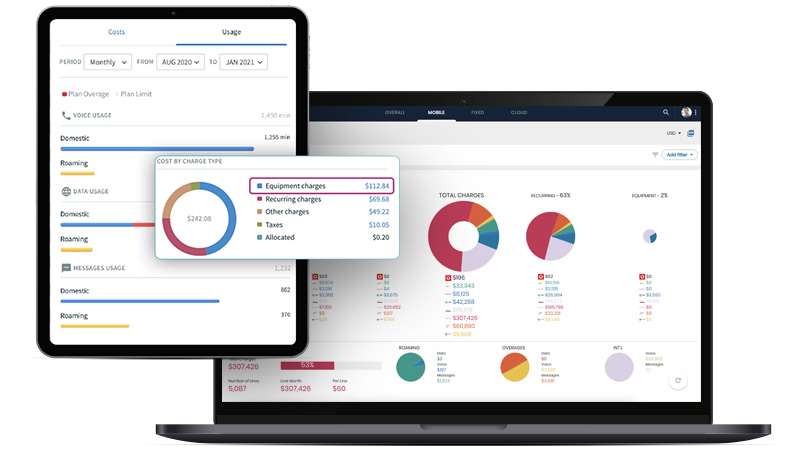
According to Gartner, approximately 96% of enterprise operating expenses occur outside of IT, which presents significant opportunities to reduce IT spending.
IT leaders should work with departments across the organization to evaluate business processes and current challenges. By understanding how IT services are being delivered and what the associated costs are for IT operations, CFOs and finance personnel can associate assets to technical costs and related costs for business services.
Gartner refers to this as IT financial transparency. This transparency in enterprise IT spending is critical for businesses to drive value and optimize costs.
While cost-cutting is a powerful benefit, the true end goals are operational efficiency and a more strategic approach to delivering IT services. As a better strategic partner for the business, forward-thinking IT leaders will empower more innovation and critical growth initiatives.
#2 Perform an IT infrastructure health check
With a clear understanding of the budget needs, IT leaders should then assess their IT infrastructure for any gaps or necessary refreshes. An infrastructure health check can help identify immediate problems with scalability, and performance.
According to CIOReview, 80% of the IT industry is still running critical services on traditional infrastructures. These old systems are often expensive to maintain and clunky to operate.
While many enterprises are looking to the cloud for ways to lower costs and achieve greater agility, security and resiliency, most will need to maintain on-premises workloads for years to come. This means the difficult task of managing a multi-cloud environment spread across data centers and private and public clouds.
Your IT infrastructure health check should help you identify the inventory you currently have available as well as provide a framework for any necessary upgrades.
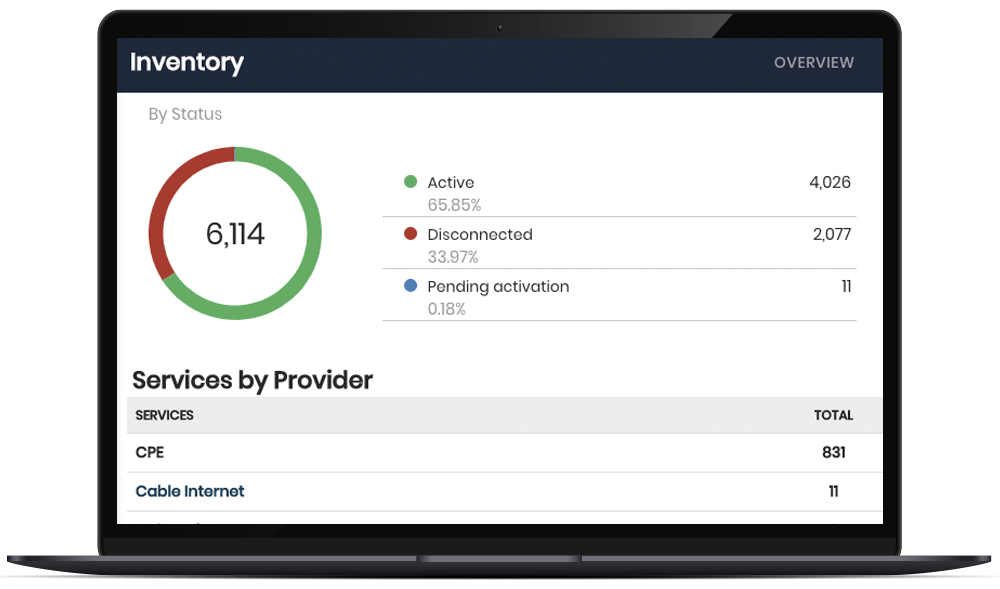
To be successful here, it is vital you get on top of your inventory and develop processes to ensure you stay on top moving forward. Developing a baseline inventory allows you to pick out those assets and services that are being decommissioned quickly. Perform an audit of your IT environment to assess whether processes and operations are properly connected and documented and whether the infrastructure is aligned to business needs.
Where your IT infrastructure is insufficient to meet growing needs, you may need to consider network transformation. If your organization is planning a network transformation, we put together a free webinar to review the six steps to an effective network transformation
#3 Implement a cloud-first policy
As organizations expand their operations and embrace work-from-anywhere solutions, the cost of maintaining traditional data centers will only continue to increase. This has driven many IT organizations to shift to cloud solutions. So it’s probably no surprise that cloud spending shows no signs of slowing down.
Enterprise cloud spending trends from TechCrunch
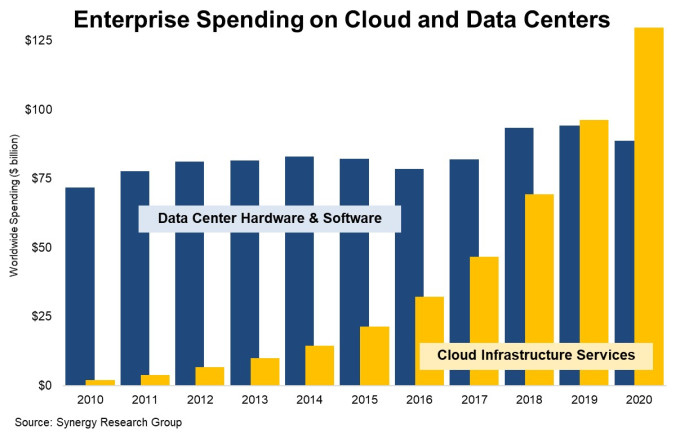
Companies can streamline and optimize their server landscape with server consolidation, server virtualization, containerization and cloud-based approaches such as serverless computing. By upgrading the IT infrastructure to modern tech platforms and architectures, IT leaders can avoid security vulnerabilities and improve quality and performance.
For organizations looking to optimize resources, cloud and Software-as-a-service (SaaS) solutions can deal with skill gaps and provide additional support. These options serve to reduce the amount of time IT needs to spend on low-value activities. This frees up your IT staff to contribute strategically and allocates resources toward innovation and business initiatives, and away from day-to-day maintenance.
#4 Leverage intelligent, rule-based automation
Perhaps the biggest driver of efficiency across an organization is IT automation. But, oftentimes automation is thrown around as a buzzword without real thought to how it will impact the business, or what metrics will be used to determine success. Automation investments should be aligned with strategic goals and pain points. IT leaders need a clear view of their spend to understand what the baselines are and where RPAs or other automation tools can drive an ROI.
By gathering key data streams on the performance of devices, services, and applications, enterprises are able to make more informed decisions around IT assets. As operational constraints are identified, organizations can begin to implement lean processes.
Graph from the 2022 state of IT
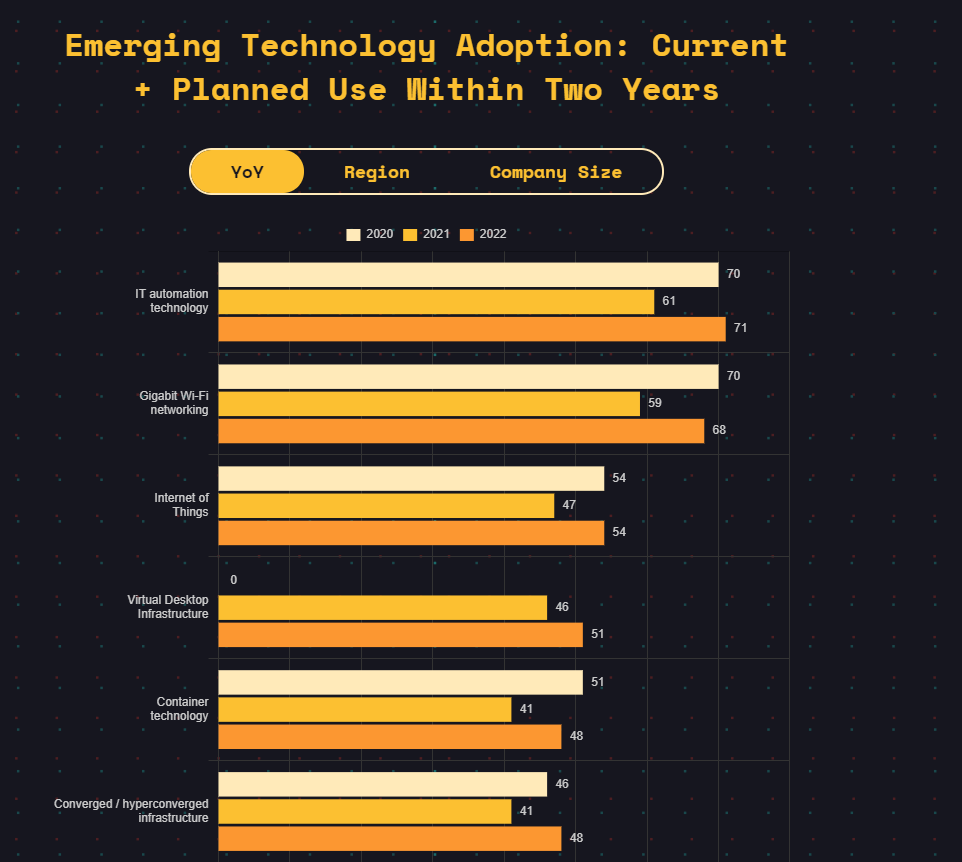
Lean processes can help your organization reduce inefficiencies and drive ongoing improvements in delivery, optimizing workflows and team performance.
For many IT teams, routine support requests form a large portion of their overall work. Automated processes, such as rules-based filtering of requests, can help resolve most trouble tickets, greatly reducing the time IT needs to manage simple tasks. Gartner reports that robotic process automation can slash transaction time by 65 percent, reduce operational time by 50 – 80 percent, and cut application deployment from 3 hours to 15 minutes.
Cutting-edge technologies like data mining, machine learning, and predictive analytics are also leading the way in how companies identify ways to reduce costs and deliver innovation.
We sat down with IT leaders at VW recently to discuss the results of their move from manual spreadsheets to automated allocations of IT costs. By partnering with brightfin, Volkswagen Group of America gained the insight and automation they need to be more strategic and forward-thinking with their IT spend.
Executive summary video (3 min):
#5 Deploy modern enterprise security
According to IBM’s recent report, “Data breach costs rose from USD 3.86 million to USD 4.24 million, the highest average total cost in the 17-year history of this report.”
For organizations deploying work-from-anywhere solutions, this is a number that can’t be ignored. And the reason why deploying modern enterprise security is so critical.
Many legacy systems still have traditional security controls that are outdated and unable to meet the growing demands of digital business. And while installing antivirus software on servers used to be a best practice, modern threats can work around antivirus software that relies on signature-based technologies to detect malware.
Threats today are designed to compromise systems through phishing and locally installed tools using techniques that are undetectable by signatures. Ultimately, IT teams need the right tools to protect your organization’s critical data.
Moving to cloud-based networks and IT infrastructure can provide a simplified approach to security. The power in software-defined networks is that they abstract controls from traditional hardware devices to the network. This enables the implementation of tools that simplify security across each network layer — data, applications, and architecture. Add to this automation as we mentioned before and you can manage risks more effectively with faster incident response times.
Your IT team should look to centralize identity management across your environment. This helps control access to important data for customers, partners, employees, machines, connected devices, and cloud-based services. Unifying access control not only secures your data but also provides a better end user experience.







